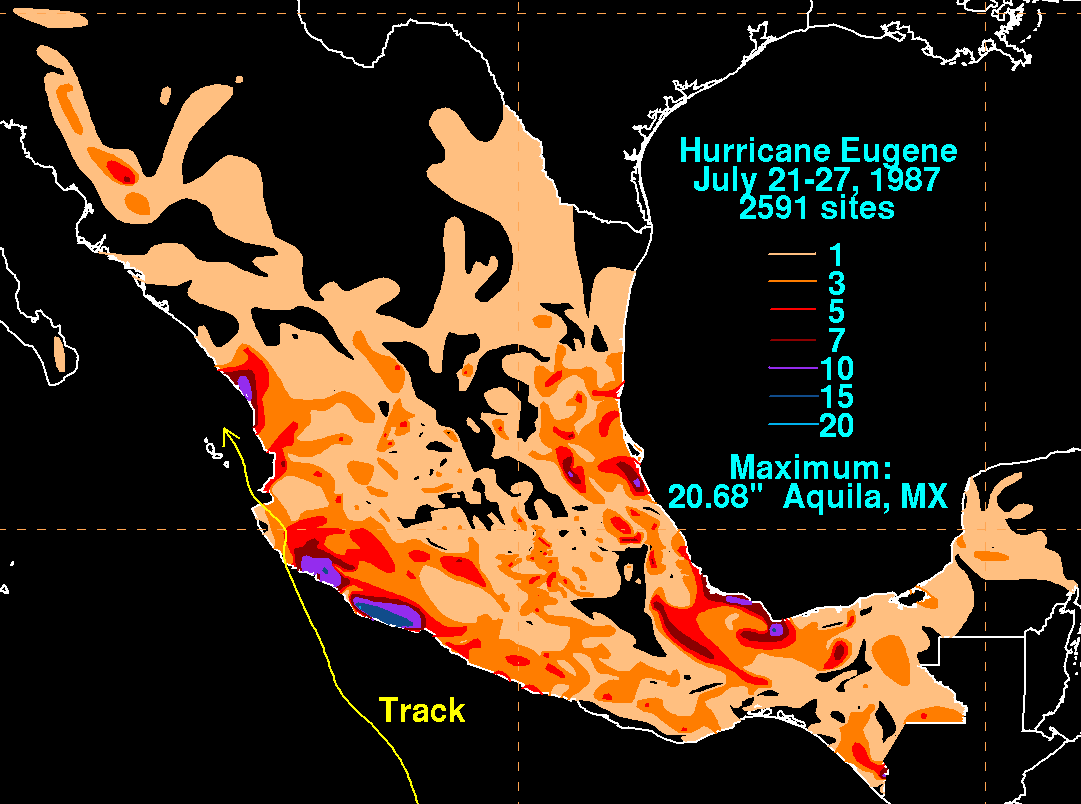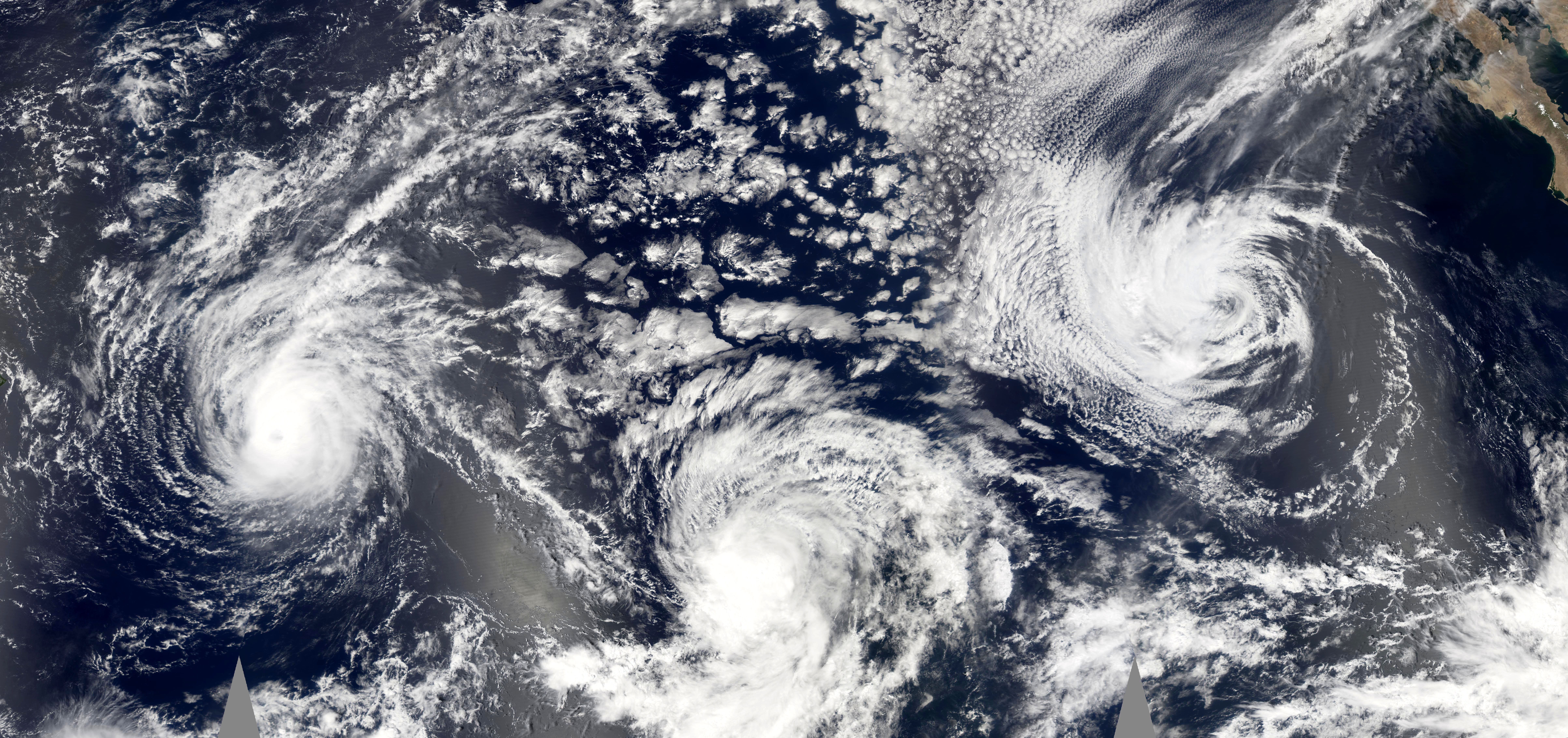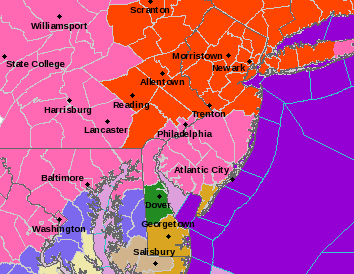|
Hurricane Eugene
Hurricane Eugene may refer to: * Tropical Storm Eugene (1981) – a weak storm that did not affect land * Hurricane Eugene (1987) – Category 2 storm that made landfall south of Manzanillo, Mexico Manzanillo () is a city and seat of Manzanillo Municipality, in the Mexican state of Colima. The city, located on the Pacific Ocean, contains Mexico's busiest port, responsible for handling Pacific cargo for the Mexico City area. It is the large ...; caused heavy flooding and loss of power for Mexican coastal region * Hurricane Eugene (1993) – Category 3 storm that made landfall on the Big Island of Hawaii as a tropical depression * Hurricane Eugene (1999) – Category 2 storm that remained at sea, passing well south of Hawaii * Tropical Storm Eugene (2005) – briefly threatened Baja California Sur, but remained at sea * Hurricane Eugene (2011) – reached Category 4 intensity, but was no threat to land * Hurricane Eugene (2017) – Category 3 storm that remained at sea Se ... [...More Info...] [...Related Items...] OR: [Wikipedia] [Google] [Baidu] |
Tropical Storm Eugene (1981)
The 1981 Pacific hurricane season was a slightly below average Pacific hurricane season. The season officially started on May 15 in the eastern Pacific basin and June 1 in the central Pacific basin. Both basins' seasons ended on November 30; these dates conventionally delimit the period during which most tropical cyclones form in the northeastern Pacific Ocean. The first tropical cyclone of the season was designated on May 30, and the final storm of the season, Hurricane Otis, dissipated on October 30. The season produced fifteen named storms and a total of eight hurricanes, which was near normal. However, the total of one major hurricane was below the average of three. The strongest tropical cyclone of the season was Hurricane Norma, which was a powerful Category 3 hurricane on the Saffir–Simpson Hurricane Scale. The storm caused six deaths – five in Texas, and one in Mexico, due to severe flooding. Additionally, the storm caused $74 million (equivalent to $ m ... [...More Info...] [...Related Items...] OR: [Wikipedia] [Google] [Baidu] |
Hurricane Eugene (1987)
Hurricane Eugene was the only tropical cyclone to make landfall in Mexico during the 1987 Pacific hurricane season. The eighth tropical cyclone, fifth named storm, and first hurricane of the season, Eugene developed on July 22 from a tropical disturbance centered well offshore of Mexico. Later that day, the system intensified into a tropical storm while moving northwestward. Eugene reached hurricane status on July 24; it briefly peaked as a Category 2 hurricane the next day. Hurricane Eugene weakened back to a Category 1 hurricane; subsequently, the hurricane made landfall near Manzanillo. Shortly after landfall, Eugene rapidly weakened inland, and was only a tropical storm when it re-emerged into open water, where it quickly dissipated. Throughout southwestern Mexico, the storm produced high winds, especially in the southwestern portion of the country. The hurricane deluged the southwest Mexican coastline, resulting in the highest rainfall totals from a tropical cyclone ... [...More Info...] [...Related Items...] OR: [Wikipedia] [Google] [Baidu] |
Manzanillo, Mexico
Manzanillo () is a city and seat of Manzanillo Municipality, in the Mexican state of Colima. The city, located on the Pacific Ocean, contains Mexico's busiest port, responsible for handling Pacific cargo for the Mexico City area. It is the largest-producing municipality for the business sector and tourism in the small state of Colima. The city has been referred to as the "sailfish capital of the world". Since 1957, it has hosted national and international fishing competitions, such as the Dorsey Tournament.Manzanillo info at visitmexico.com . Ritrieved 5 August 2011. Manzanillo has developed as a destination for . History |
Hurricane Eugene (1993)
The 1993 Pacific hurricane season included more than double the average number of major hurricanes – Category 3 or stronger cyclones on the Saffir–Simpson scale. This activity was the result of an El Niño event, which is the main factor contributing to above-average activity across the Pacific basin. The season featured 15 named storms, 11 hurricanes, and 9 major hurricanes. While the number of named storms was near the long-term average, the number of hurricanes was above the average of 8, and the number of major hurricanes far exceeded the long-term average of 4. Seasonal activity began on May 17 and ended on November 8, within the confines of a traditional hurricane season which begins on May 15 in the East Pacific and June 1 in the Central Pacific. The season ends on November 30 in both basins. These dates conventionally delimit the period during each year when most tropical cyclones form. A majority of the season's storms formed from tropica ... [...More Info...] [...Related Items...] OR: [Wikipedia] [Google] [Baidu] |
Big Island Of Hawaii
Hawaii ( ; haw, Hawaii ) is the List of islands of the United States by area, largest island in the United States, located in the U.S. state, state of Hawaii. It is the southeasternmost of the Hawaiian Islands, a chain of High island, volcanic islands in the Pacific Ocean, North Pacific Ocean. With an area of , it has 63% of the Hawaiian archipelago's combined landmass. However, it has only 13% of Hawaiʻi's population. The island of Hawaiʻi is the third largest island in Polynesia, behind the two main List of islands of New Zealand, islands of New Zealand. The island is often referred to as the Island of Hawaii or Hawaii Island to distinguish it from the state. It is also referred to as the Big Island. Administratively, the island is coextensive with Hawaii County, Hawaii, Hawaii County. As of the 2020 United States census, 2020 census, the population was 200,629. The county seat and largest town is Hilo, Hawaii, Hilo. There are no Municipal corporation, incorporated cities i ... [...More Info...] [...Related Items...] OR: [Wikipedia] [Google] [Baidu] |
Hurricane Eugene (1999)
The 1999 Pacific hurricane season was one of the least active Pacific hurricane seasons on record. The season officially began on May 15 in the Eastern Pacific, and on June 1 in the Central Pacific; in both basins, it ended on November 30. These dates conventionally delimit the period during which most tropical cyclones form in the northeastern Pacific Ocean. The first tropical cyclone of the season, Hurricane Adrian, developed on June 18, while the final storm of the season, Tropical Storm Irwin, dissipated on October 11. No storms developed in the Central Pacific during the season. However, two storms from the Eastern Pacific, Dora and Eugene, entered the basin, with the former entering as a hurricane. The season produced fourteen tropical cyclones and nine named storms, which was well below the average of sixteen named storms per season; this was largely due to a strong La Niña taking over much of the Pacific. However, the total of six hurricane ... [...More Info...] [...Related Items...] OR: [Wikipedia] [Google] [Baidu] |
Tropical Storm Eugene (2005)
The 2005 Pacific hurricane season was a near-average season which produced fifteen named storms, only seven hurricanes formed and two major hurricanes. It was also the second consecutive season in which no tropical cyclone of at least tropical storm intensity made landfall. The season officially began on May 15 in the East Pacific Ocean, and on June 1 in the Central Pacific; they ended on November 30. These dates conventionally delimit the period of each year when most tropical cyclones form in the Pacific basin. However, the formation of tropical cyclones is possible at any time of the year. Activity began with the formation of Hurricane Adrian, the fourth-earliest-forming tropical storm on record in the basin at the time. Adrian led to flash flooding and several landslides across Central America, resulting in five deaths and $12 million (2005 USD) in damage. Tropical storms Calvin and Dora caused minor damage along the coastline, while Tropical Storm Eugene led t ... [...More Info...] [...Related Items...] OR: [Wikipedia] [Google] [Baidu] |
Hurricane Eugene (2011)
The 2011 Pacific hurricane season was a below average season in terms of named storms, although it had an above average number of hurricanes and major hurricanes. During the season, 13 tropical depressions formed along with 11 tropical storms, 10 hurricanes and 6 major hurricanes. The season officially began on May 15 in the East Pacific Ocean, and on June 1 in the Central Pacific; they ended on November 30. These dates conventionally delimit the period of each year when most tropical cyclones form in the Pacific basin. However, the formation of tropical cyclones is possible at any time of the year. Despite the decrease in storms, there were several intense and destructive hurricanes this season. Hurricane Beatriz killed four people in Southwestern Mexico. Hurricane Jova killed eight and caused $203.67 million (2011 USD) in damage to Western Mexico. Tropical Depression Twelve-E killed 30 people in Central America. Meanwhile, Kenneth became the strongest November s ... [...More Info...] [...Related Items...] OR: [Wikipedia] [Google] [Baidu] |
Hurricane Eugene (2017)
The 2017 Pacific hurricane season was significantly less active than the previous three Pacific hurricane seasons, featuring eighteen named storms, nine hurricanes, and four major hurricanes. Despite the considerable amount of activity, most of the storms were weak and short-lived. The season officially started on May 15 in the eastern Pacific Ocean, and on June 1 in the central Pacific; they both ended on November 30. These dates conventionally delimit the period of each year when most tropical cyclones form in the respective regions. However, the formation of tropical cyclones is possible at any time of the year, as illustrated in 2017 by the formation of the season's first named storm, Tropical Storm Adrian, on May 9. At the time, this was the earliest formation of a tropical storm on record in the eastern Pacific. The season saw near-average activity in terms of accumulated cyclone energy (ACE), in stark contrast to the extremely active seasons in 2014, 2015 ... [...More Info...] [...Related Items...] OR: [Wikipedia] [Google] [Baidu] |
March 2017 North American Blizzard
The March 2017 North American blizzard was a major late-season blizzard that affected the Northeastern United States, New England and Canada, dumping up to of snow in the hardest hit areas, mainly New York, Vermont, New Hampshire and Southern Quebec. Forming out of an extratropical cyclone near the Northwest, the storm system dived into the northern portions of the United States, dropping light to moderate snow across the Great Lakes, Upper Midwest on March 11–12 before reaching the Ohio Valley the next day. It later coalesced into a powerful nor'easter off the East Coast, producing a swath of heavy snowfall across a large portion of the Northeast. The storm was given various unofficial names, such as ''Winter Storm Stella'', ''Blizzard Eugene'', and ''Blizzard of 2017''. Ahead of the storm, residents prepared in advance for the major nor'easter, with blizzard warnings issued for several states, including New York, Pennsylvania, New Jersey, Connecticut, Rhode Island, and Mass ... [...More Info...] [...Related Items...] OR: [Wikipedia] [Google] [Baidu] |






